When selecting a potato washer, consider machinery that optimizes water usage, as this can significantly reduce operational costs. Look for features that conserve water, such as systems that separate starch and solids, minimizing the volume of water requiring treatment. Efficient water usage not only cuts costs but also supports sustainability efforts.
Product handling is another critical feature. Equipment should transport potatoes delicately to prevent damage like breakage or bruising. Machines engineered to minimize harm to the potatoes and those with 'first-in, first-out' conveyor systems help maintain product quality and reduce waste.
Continuous operation capability is essential for high-volume processing facilities. Equipment designed for non-stop production can lead to increased production rates, reduced processing time, and less required storage space.
Ease of cleaning and sanitation is crucial for maintaining food safety standards and minimizing downtime. Opt for potato washers that are easy to clean, with toolless processes for quick sanitation. Additionally, machines should have a washdown rating suitable for the chemicals and procedures used in your facility.
Lastly, consider the durability and maintenance needs of the potato washing machine. Durable machines with simple designs and minimal moving parts can offer lower maintenance costs and longer service life, ensuring continuous operation and reducing the likelihood of costly downtime.

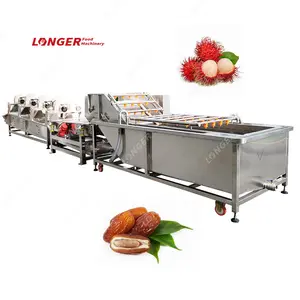
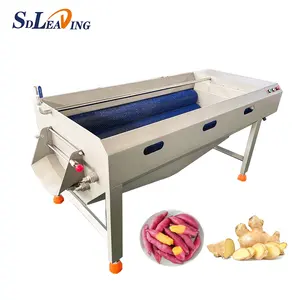











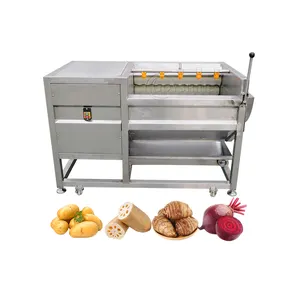
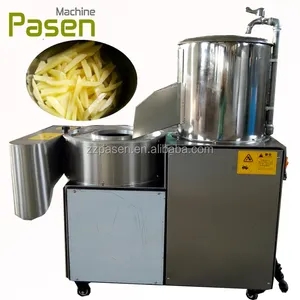


























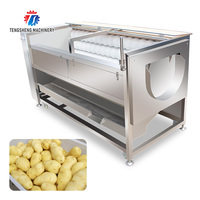
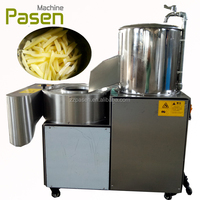








 浙公网安备 33010002000092号
浙公网安备 33010002000092号 浙B2-20120091-4
浙B2-20120091-4